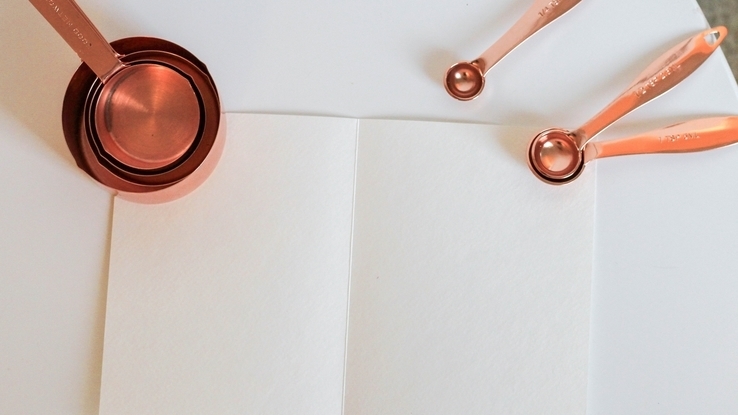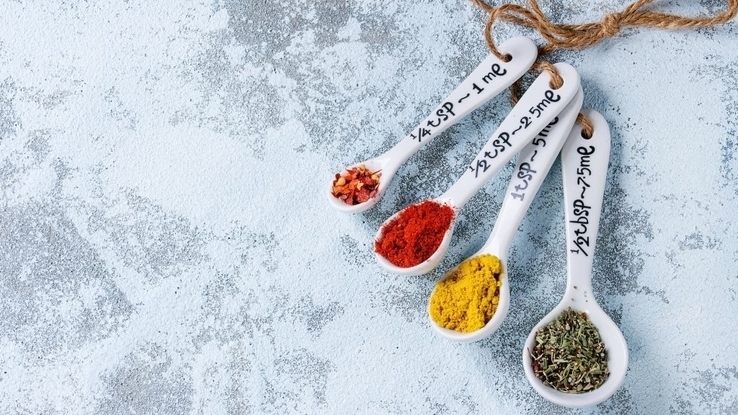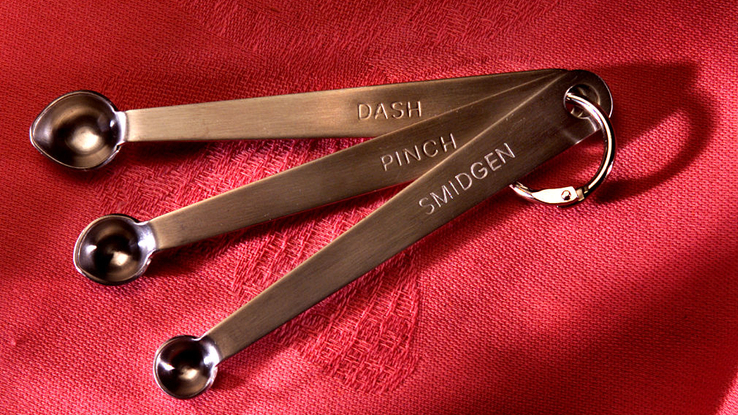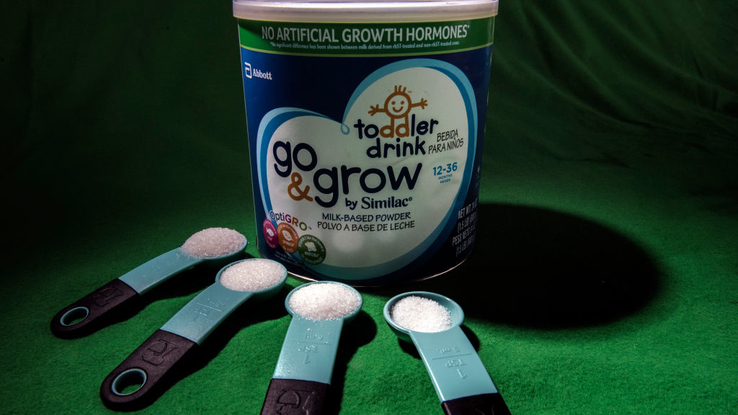What Is 3/4 of a Teaspoon?

¾ of a teaspoon is equal to ¼ of a tablespoon, roughly 4 milliliters or 1/8 of a fluid ounce. One teaspoon equals ⅓ of a tablespoon, 5 milliliters or ⅙ of an ounce.
Most sets of measuring spoons do not include a ¾ teaspoon, so it’s usually necessary to use three ¼ teaspoons instead. Alternatively, if no ¼ teaspoon option is available, one full ½ teaspoon and then approximately half of another is also equivalent. Keep in mind that a scooped or tightly packed ¾ teaspoon includes more material than a loose one.
Kinds of Teaspoon
Milliliters are part of the metric system used in much of the world, while ounces are part of the imperial system, which is used in the United States, Liberia, Myanmar and previously the United Kingdom and many former British territories. Both have (mostly) consistent meanings. Teaspoons and tablespoons, however, can be more confusing.

While teaspoons and tablespoons are usually around 5 and 15 milliliters respectively, they can vary a bit by country — and even within one. For instance, a contemporary U.S. teaspoon — what you likely have in your kitchen drawer — is supposed to be 4.93 milliliters. According to the U.S. Food and Drug Administration, however, a teaspoon is exactly 5 milliliters. Meanwhile, in Australia, a teaspoon is also five milliliters, but a tablespoon is 20 milliliters due to there being an extra teaspoon in the Australian version.
Because there is no organization that standardizes measuring spoons, you can even have some variability when you think you know what kind of teaspoon or tablespoon you have. Fortunately, variation in teaspoon and tablespoon size usually isn’t great enough for it to matter too much when it comes to cooking — at least as long as the number of spoons is fairly small.
Measuring Without Spoons
There’s no denying that a good set of measuring spoons can make cooking and baking easier. You might see cartoon chefs and other fictitious characters adding a pinch of this or a dash of that, but no one really does that, right?

If you have grandparents who love to cook the old-fashioned way, you might know that you absolutely can measure out ingredients using only your own hands — it’s just a matter of knowing what units of measurement you have at your disposal. Cooking requires precise amounts of ingredients, so you’ll want to practice and double check your work with measuring spoons before you leave them behind for good, but it is possible.
You can measure out a ⅛ teaspoon of a dry ingredient by taking a pinch with your thumb plus middle and index fingers. Need to double that? Take two of those or cup your hand and pour the ingredient into the center of your pal until there’s a mound the size of a nickel. Double that for a half teaspoon? Make the mound the size of a quarter. Expand it all around by a quarter inch for 1 teaspoon.
If you need to measure a tablespoon and don’t want to measure out three teaspoons, you can use the bottom of a 12-ounce beer or soft drink can which holds exactly one teaspoon — just be sure to wash it first! A half-full spoon of the sort you might use to eat cereal or anything else can also be used to approximate a teaspoon, but keep in mind that there is no standard size for such spoons. Speaking of which …
When Teaspoons Matter Most
While you can get away with imprecision in some recipes, there’s one scenario where settling for an approximate measurement isn’t an option: medicine, especially for children. In one study, 40 percent of parents ended up making mistakes when measuring out liquid medications like cough syrup, and thirty percent used a kitchen spoon even though most don’t contain an exact teaspoon.

More than 10,000 calls are made to poison control centers a year as a result of parents giving children incorrect doses of liquid medication. To avoid making one yourself, use proper measuring spoons, or better yet, measure the medication out in milliliters using a syringe or dropper.





